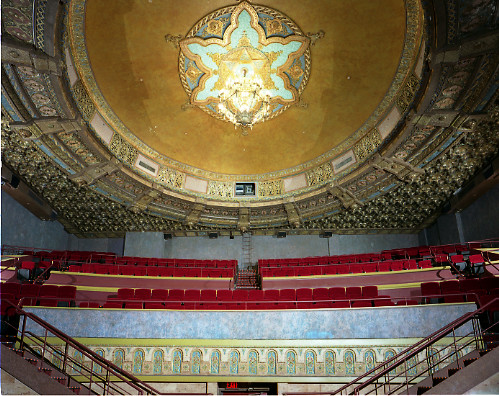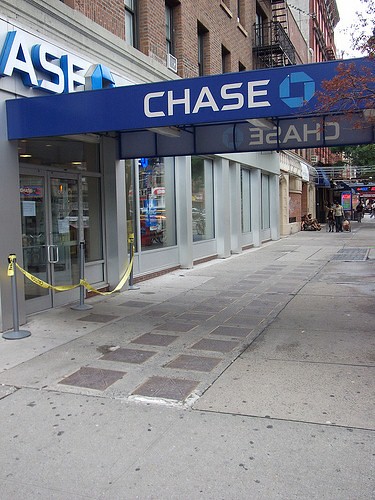On the corner of 10th Street and Second Avenue, the neon blue of the glass Chase Bank building beams among the many signs and street lights. Yet this particular site casts a stage-light glow on the now-oxidized, brassy stars embedded in the sidewalk, embossed with Jewish names.
This is the Yiddish Walk of Fame.
The placement of these stars is a reminder of a former culinary institution (some might say shrine) that once occupied this coveted address, the Second Avenue Deli. From 1954 to 2006 the restaurant was an East Village staple, founded, owned and operated by the locally beloved Abe Lebewohl. The park across the street was re-named for Mr. Lebewohl after his murder in 1996.
Although the Second Avenue Deli had to vacate its historic setting (it has since relocated to 33rd Street and Lexington Avenue in Murray Hill) it was originally centered among a unique and ubiquitous string of Yiddish theaters along Second Avenue: what Josh Lebewohl — nephew of Abe and co-owner of the deli with his brother Jeremy — calls, “The Jewish Broadway of its time.”
This was the inspiration for the Walk of Fame — the Lebewohl family’s homage to their love for theater, and memorial to the Jewish artists that contributed to local, Broadway, and Hollywood fame. “We were always fans of Yiddish theater,” said Mr. Lebewohl. At the original restaurant location “there was a second room there named for Molly Picon — one of the stars of the Yiddish theater. The room had pictures of her and her memorabilia.”
In addition to acting in numerous theater performances, Picon starred in several Hollywood films including the film version of “Fiddler on the Roof,” as well as “Come Blow Your Horn” alongside Frank Sinatra. These same photos are now exhibited at the new location. While many of the celebrities etched in the sidewalk stars have since passed, Lebewohl notes that actor and star-keeper Philip “Fyvush “Finkel, who played a role in the TV series “Picket Fences,” still remains a close family friend and patron of the deli.
Because the Walk of Fame “started as a tribute to the Yiddish theater and the stars of the Yiddish theater,” the preservation of these celebrity names is a reminder of the great historical shift in the Jewish community in the later part of the 20th century. Mr. Lebewohl said that his uncle Abe understood that this theater community “was important not just for Jews, but for America. Many Hollywood stars got their start and education at the Yiddish Theater.”
In 1904, the death of over 1,000 people in the General Slocum disaster shattered the East Village German community. Many German immigrants chose not to remain in the neighborhood and their dwellings and cultural markings were quickly absorbed by newer Jewish immigrants. Examples of this are the Community Synagogue Center, formerly a German Lutheran church, on Sixth Street between First and Second Avenues (a place that in the 1800’s was also part of the Underground Railroad, according to Mr. Lebewohl).
At 189 Second Avenue, the Jaffe Art Theater building, once home to the Yiddish Art Theater, is now occupied by the Village East Cinema. The interior of the cinema still displays the Star of David on the theater ceiling.
In 2006 the Second Avenue Deli closed as the result of a landlord dispute and moved uptown. The deli’s relocation however, has not dampened the spirit or quality of Abe Lebewohl’s original purpose: “We’ve always wanted to maintain the family heimisch (Yiddish for family and home),” Mr. Lebewohl said. “We want people made to feel welcome. Even our waitresses — whether Jewish or gentile — they’re everyone’s Jewish mother.”
While the future of the Yiddish Walk of Fame stars is unknown, Mr. Lebewohl raised the idea of creating a new Yiddish Walk of Fame outside the Murray Hill location. For now the cultural imprint of both the deli and Yiddish theater are in the sidewalk embellishments beneath the iconic blue glow of Chase — so what was once part of the East Village and Jewish fabric remains a concrete memory.





